The Death Of Phoenix Palms?
The Death Of Phoenix Palms?
The Death Of Phoenix Palms?
A couple days ago we went out to cut down a big Phoenix palm, that some people call a Canary Palm. The botanical name is Phoenix canariensis.
They are starting to die in droves in this area, apparently up from Tijuana.
Eatting The Head Off Of Phoenix Palms
Eatting The Head Off Of Phoenix Palms
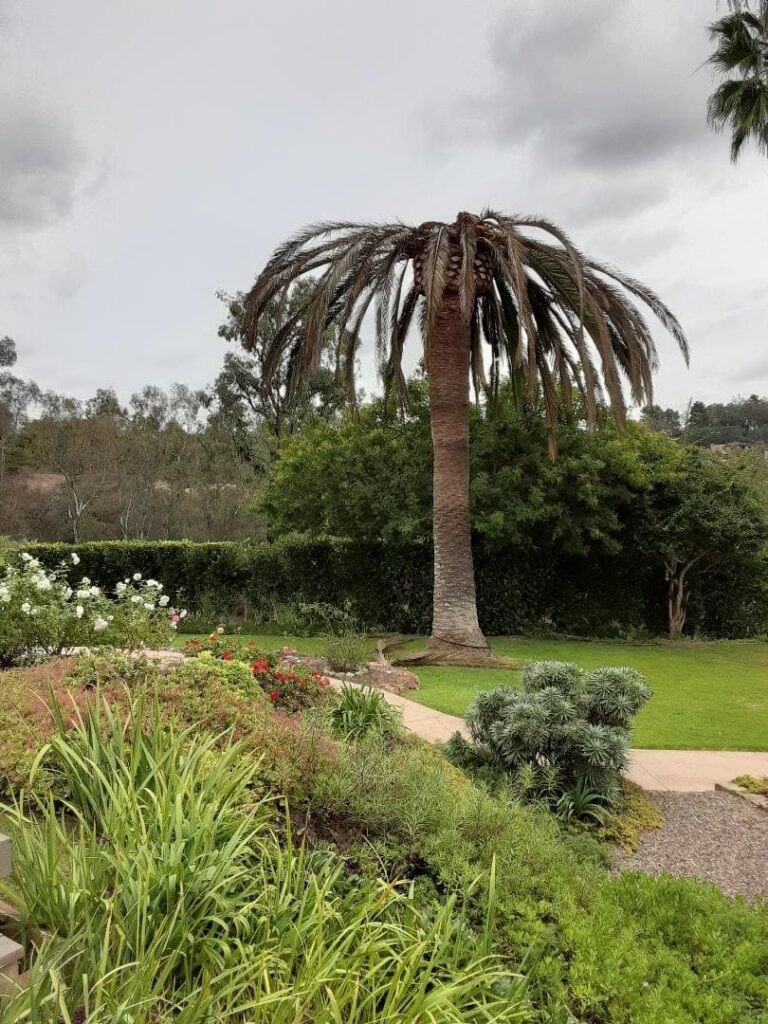
You can see what happens. This is a Phoenix Palm I bid on taking down in Rancho Santa Fe, where I have seen quite a few killed like this. We took down 3 down there late last year.
The Biggest, Most Expensive Palm Is the Phoenix canariensis
This is probably the biggest and most expensive palm around here. And always before we were very delicate when we trimmed them, for they are prone to a bacterial infection called fusarium wilt.
How We Sterilized Chainsaws To Prevent The Previous Bug-A-Boo That Killed Phoenix Palms
There is a whole protocol of sterilizing equipment that we would faithfully follow, for the main vector of infection of fusarium wilt is the pruning tools of tree trimmers. They get their saws infected across town, then come trim YOUR tree, and you eventually lose this massive, gorgeous, hard and expensive to trim palm tree.
And they are beautiful if trimmed right too.
So the protocol I used was to buy a new chain and bar for the chainsaw, over $100. The point there is that bacteria can hide in the smallest crevices in your chain and in the bar (the thing that sticks out on the chainsaw, and what the chain travels around on).
Then we’d take a pail and using the hottest tap water from the customer, we would use pine sol and bleach and sterilize the whole chainsaw and scrub it down front to back. Using this method, I never got a call back.
Trimming Phoenix Palms And The Gorgeous Result
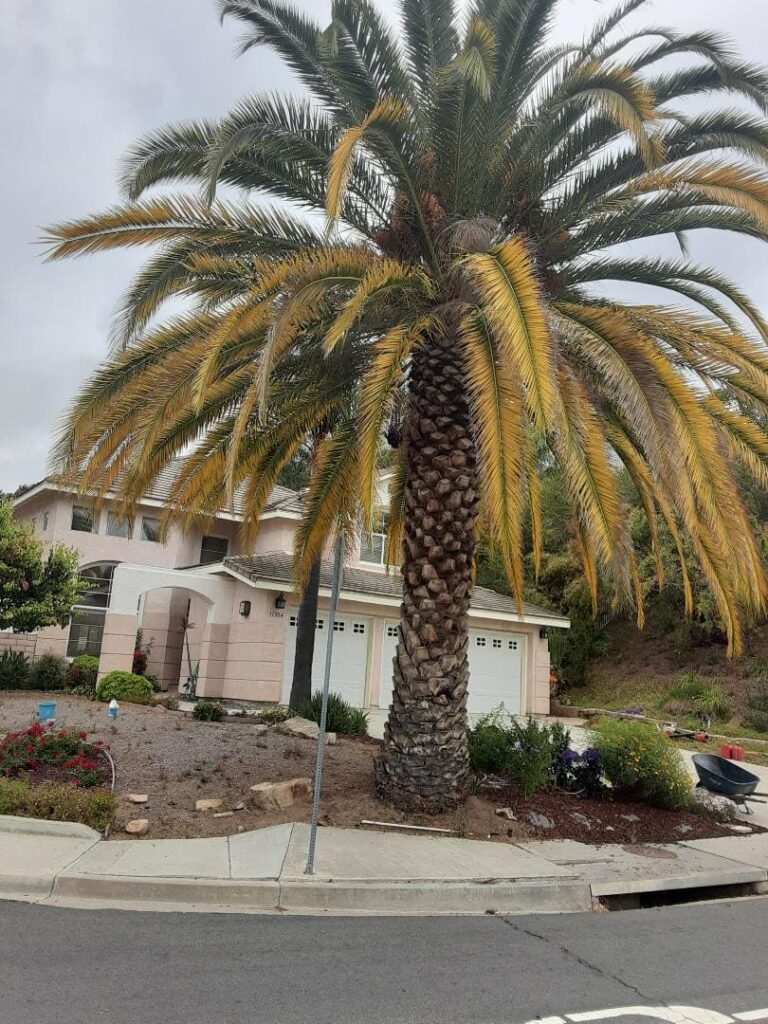
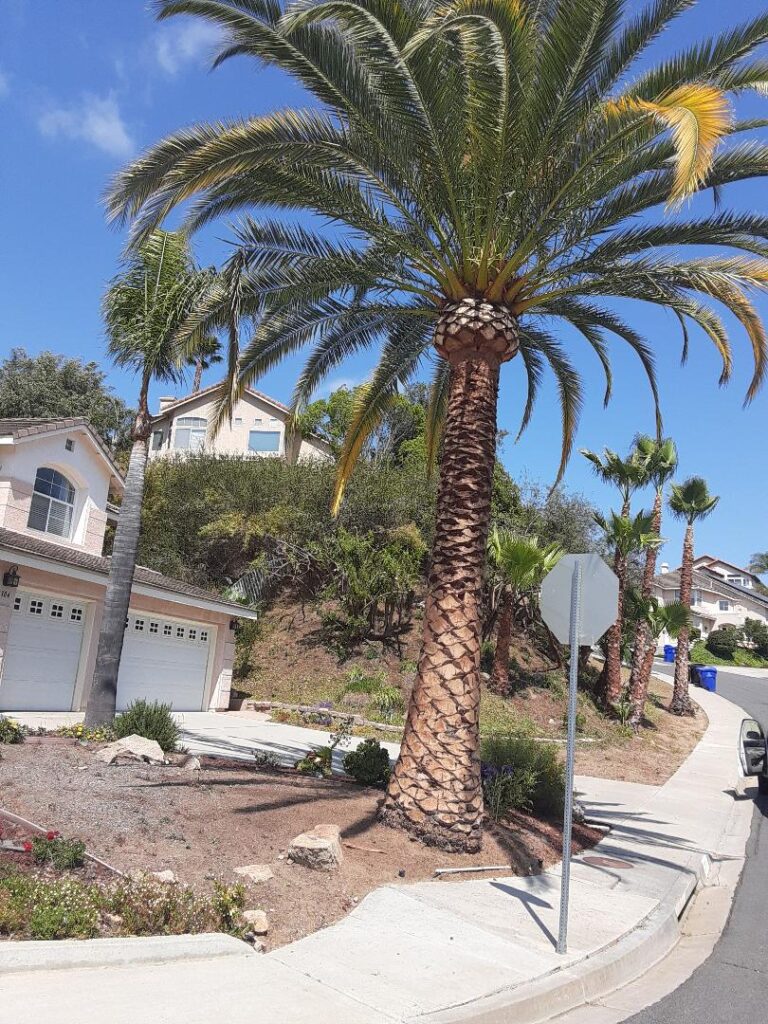
There Is A New Game In Town And It Ain't All That Fun
Now there is a new game in town, and it is apparently savage. We have taken down 3 already late last year in Rancho Santa Fe, and the last one this week was in Poway. They haven’t made it as far north yet as Escondido, although I wouldn’t put it past them to be already here, but we just haven’t seen the chewed off heads here yet.
It went like this. About 5 years ago I was doing some work for a repeat client, and he proceeded to tell me that he works for the San Diego Zoo, in the Botany Department. I think that’s what he said.
Anyway, he told me there was a new pest that was going to kill all the Phoenix Palms, and that it had already killed all of them in Tijuana, and was coming north. He said that nothing could stop it.
Well I’m not so sure now about that last part. But we will get to that.
I Went On My Way, Merrily Trimming Phoenix Palms
So, after that, I sort of forgot all about it. That seems to be the way of it in this country after all. I went around happily trimming all these Phoenix Palms around town as if this way of living would go on forever.
It was only about a year ago I bid my first one down in Rancho Santa Fe. It could have even been the one in the photo above. Since then I have seen more and more, and someone said that down in La Jolla, they are just rampant.
This Is What The Things Look Like When They Are In Their Larval (eatting) Stage (sorry this part is gross)
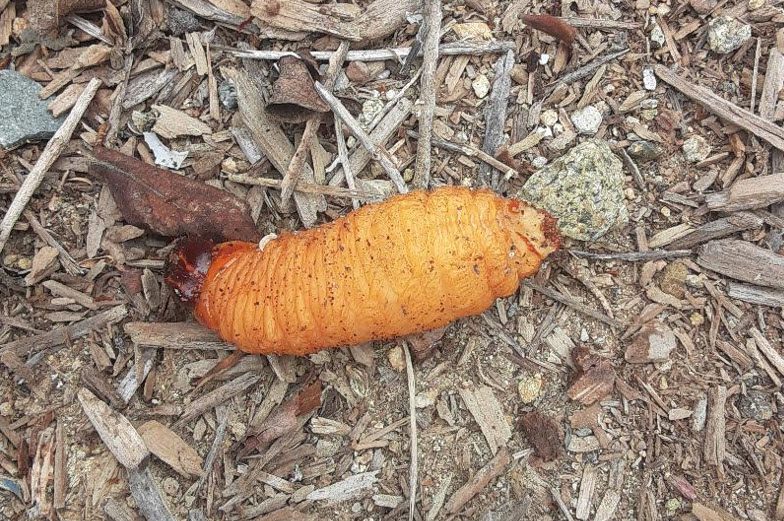
So that’s what they look like when they are eating the tops off. Sorry it is quite gross looking. And if you think they look gross, at least you don’t have to smell it when you are taking these trees down. Yes, it’s horrid.
Anyway, my guy says that when they are in their flying-around-to-new-palms-to-eat form, they are black. I had thought they were RED, cause I found one on a lady’s driveway, and it was a bright red, and apparently they call them the Red Weevil. This is a new game, and it is moving fast.
The Actual Way Adult "Red Palm Weevils" Look

So there it is. Sort of a black/orange, but I’ve now seen some pics where it is more red. This is the adult form. The ones that kill apparently are the babies.
We haven’t seen any of this in our sleepy little village of Escondido. But I look back in the canyons that we have, in the water ways, and they are chock full of Phoenix Palms.
The Actual Way Adult "Red Palm Weevils" Look
So there it is. Sort of a black/orange, but I’ve now seen some pics where it is more red. This is the adult form. The ones that kill apparently are the babies.
We haven’t seen any of this in our sleepy little village of Escondido. But I look back in the canyons that we have, in the water ways, and they are chock full of Phoenix Palms.

Good News For Your Own Phoenix Palm
Now for the only good part. If you have a Phoenix Palm, don’t despair. There is a treatment, and I’m told it isn’t that expensive. You inject this stuff in the palm and it goes into the palm blood (it isn’t really called that), and when the bugs eat away, they die.
I was talking to an arborist couple months back, and he informed me that it actually attacks ALL Phoenix Palms, not just the Phoenix canariensis referred to in this post. So you should treat all varieties on your property.
But don’t wait. These palms are massively heavy, and you have to go to the dump to get rid of them, so call a professional to have them treated with the medicine. I have an arborist friend named Randy that can help you. His number is 760 613-5440. Tell him Andy referred you.
Good luck.
If you’ve made it this far, I can assume you may have an issue with Pheonix Palms. To learn more about Andy’s Tree Service, go here. Also learn more about how we remove trees. If your Phoenix Palm is dead already, read this. I also made a blog post about tree removal; you will learn more there.
The Death Of Phoenix Palms?
A couple days ago we went out to cut down a big Phoenix palm, that some people call a Canary Palm. The botanical name is Phoenix canariensis.
They are starting to die in droves in this area, apparently up from Tijuana.

You can see what happens. This is a Phoenix Palm I bid on taking down in Rancho Santa Fe, where I have seen quite a few killed like this. We took down 3 down there late last year.
The Biggest, Most Expensive Palm Is the Phoenix canariensis
This is probably the biggest and most expensive palm around here. And always before we were very delicate when we trimmed them, for they are prone to a bacterial infection called fusarium wilt.
How We Sterilized Chainsaws To Prevent The Previous Bug-A-Boo That Killed Phoenix Palms
There is a whole protocol of sterilizing equipment that we would faithfully follow, for the main vector of infection of fusarium wilt is the pruning tools of tree trimmers. They get their saws infected across town, then come trim YOUR tree, and you eventually lose this massive, gorgeous, hard and expensive to trim palm tree.
And they are beautiful if trimmed right too.
So the protocol I used was to buy a new chain and bar for the chainsaw, over $100. The point there is that bacteria can hide in the smallest crevices in your chain and in the bar (the thing that sticks out on the chainsaw, and what the chain travels around on).
Then we’d take a pail and using the hottest tap water from the customer, we would use pine sol and bleach and sterilize the whole chainsaw and scrub it down front to back. Using this method, I never got a call back.
Trimming Phoenix Palms And The Gorgeous Result

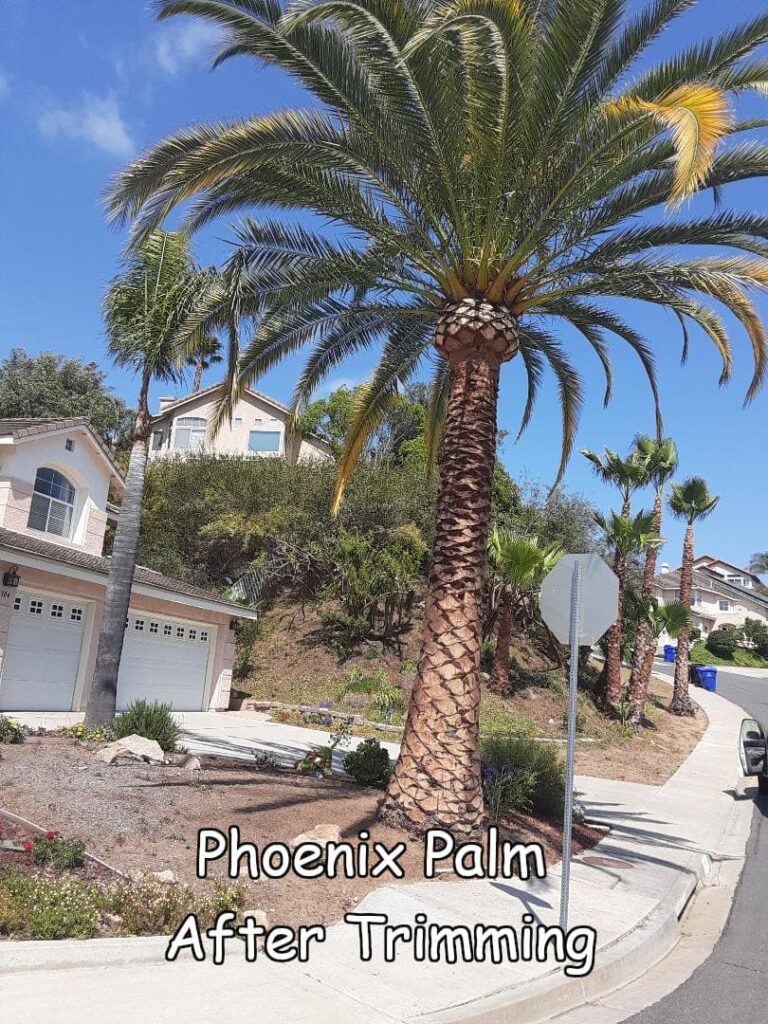
There Is A New Game In Town And It Ain't All That Fun
Now there is a new game in town, and it is apparently savage. We have taken down 3 already late last year in Rancho Santa Fe, and the last one this week was in Poway. They haven’t made it as far north yet as Escondido, although I wouldn’t put it past them to be already here, but we just haven’t seen the chewed off heads here yet.
It went like this. About 5 years ago I was doing some work for a repeat client, and he proceeded to tell me that he works for the San Diego Zoo, in the Botany Department. I think that’s what he said.
Anyway, he told me there was a new pest that was going to kill all the Phoenix Palms, and that it had already killed all of them in Tijuana, and was coming north. He said that nothing could stop it.
Well I’m not so sure now about that last part. But we will get to that.
I Went On My Way, Merrily Trimming Phoenix Palms
So, after that, I sort of forgot all about it. That seems to be the way of it in this country after all. I went around happily trimming all these Phoenix Palms around town as if this way of living would go on forever.
It was only about a year ago I bid my first one down in Rancho Santa Fe. It could have even been the one in the photo above. Since then I have seen more and more, and someone said that down in La Jolla, they are just rampant.
This Is What The Things Look Like When They Are In Their Larval (eatting) Stage (sorry this part is gross)

So that’s what they look like when they are eating the tops off. Sorry it is quite gross looking. And if you think they look gross, at least you don’t have to smell it when you are taking these trees down. Yes, it’s horrid.
Anyway, my guy says that when they are in their flying-around-to-new-palms-to-eat form, they are black. I had thought they were RED, cause I found one on a lady’s driveway, and it was a bright red, and apparently they call them the Red Weevil. This is a new game, and it is moving fast.
The Actual Way Adult "Red Palm Weevils" Look

So there it is. Sort of a black/orange, but I’ve now seen some pics where it is more red. This is the adult form. The ones that kill apparently are the babies.
We haven’t seen any of this in our sleepy little village of Escondido. But I look back in the canyons that we have, in the water ways, and they are chock full of Phoenix Palms.
Good News For Your Own Phoenix Palm
Now for the only good part. If you have a Phoenix Palm, don’t despair. There is a treatment, and I’m told it isn’t that expensive. You inject this stuff in the palm and it goes into the palm blood (it isn’t really called that), and when the bugs eat away, they die.
I was talking to an arborist couple months back, and he informed me that it actually attacks ALL Phoenix Palms, not just the Phoenix canariensis referred to in this post. So you should treat all varieties on your property.
But don’t wait. These palms are massively heavy, and you have to go to the dump to get rid of them, so call a professional to have them treated with the medicine. I have an arborist friend named Randy that can help you. His number is 760 613-5440. Tell him Andy referred you.
Good luck.
If you’ve made it this far, I can assume you may have an issue with Pheonix Palms. To learn more about Andy’s Tree Service, go here. Also learn more about how we remove trees here and here.


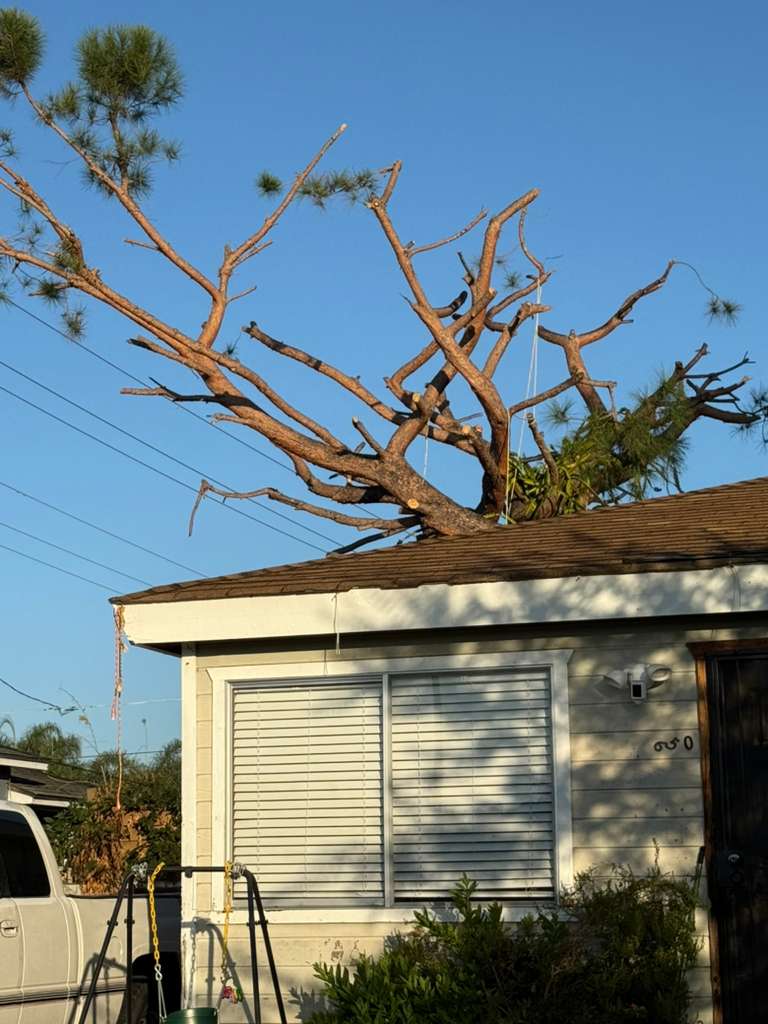
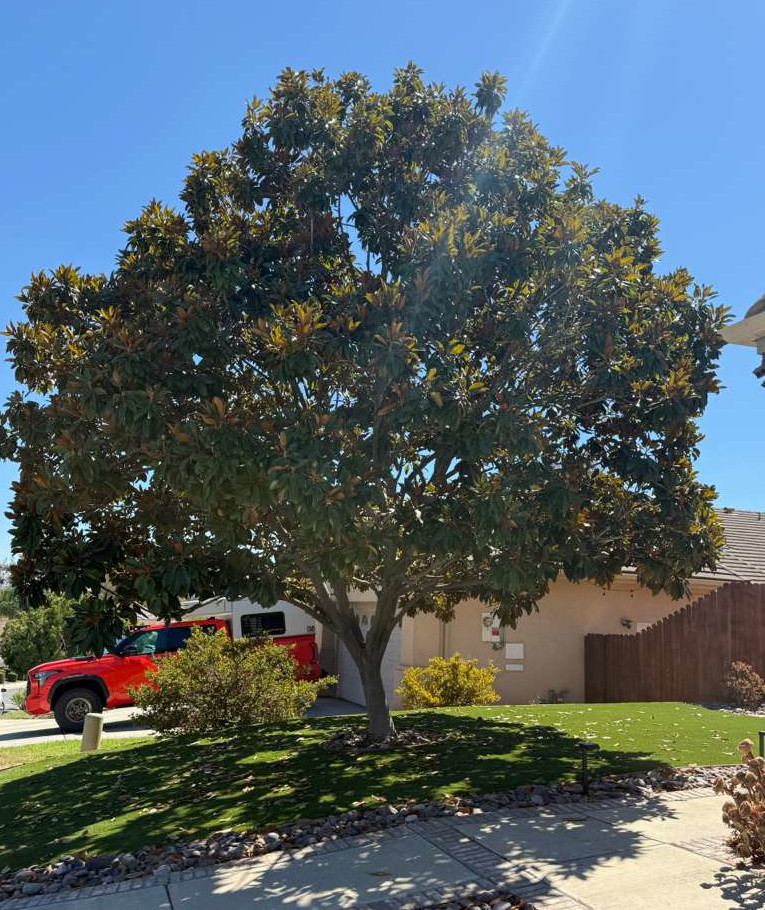
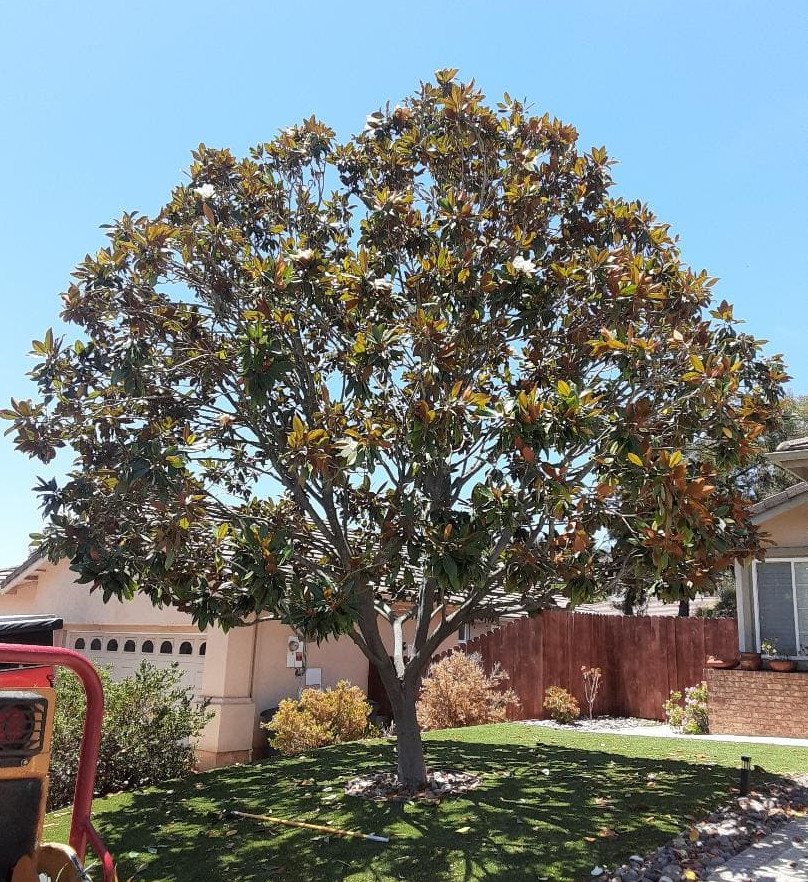
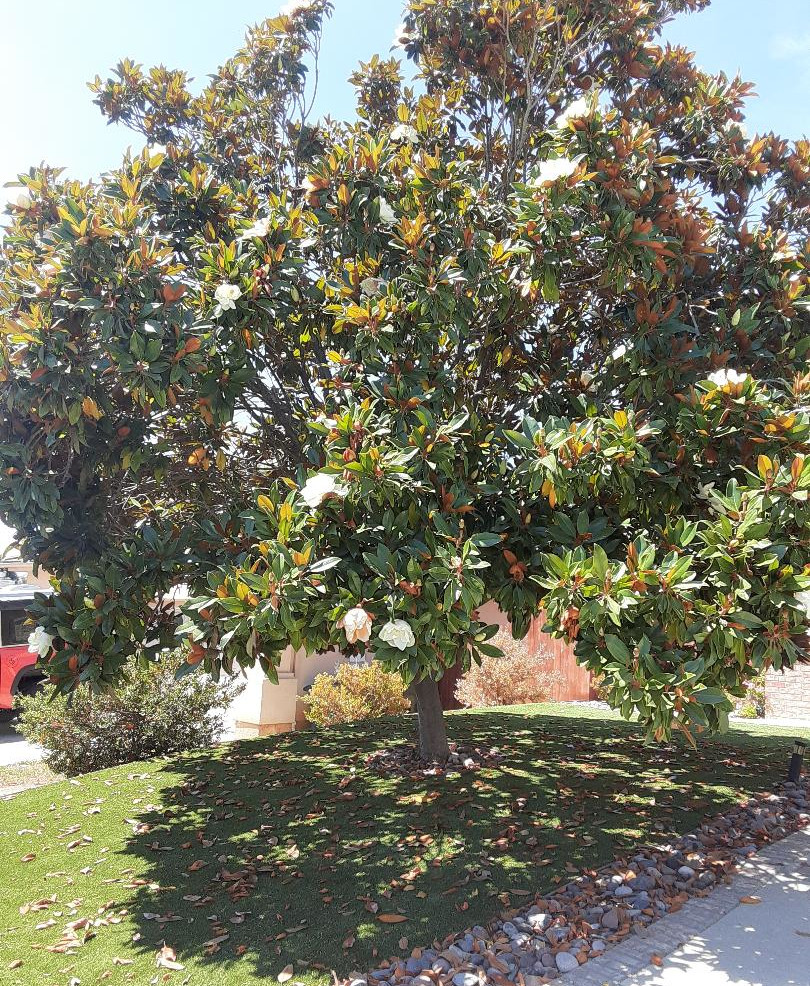


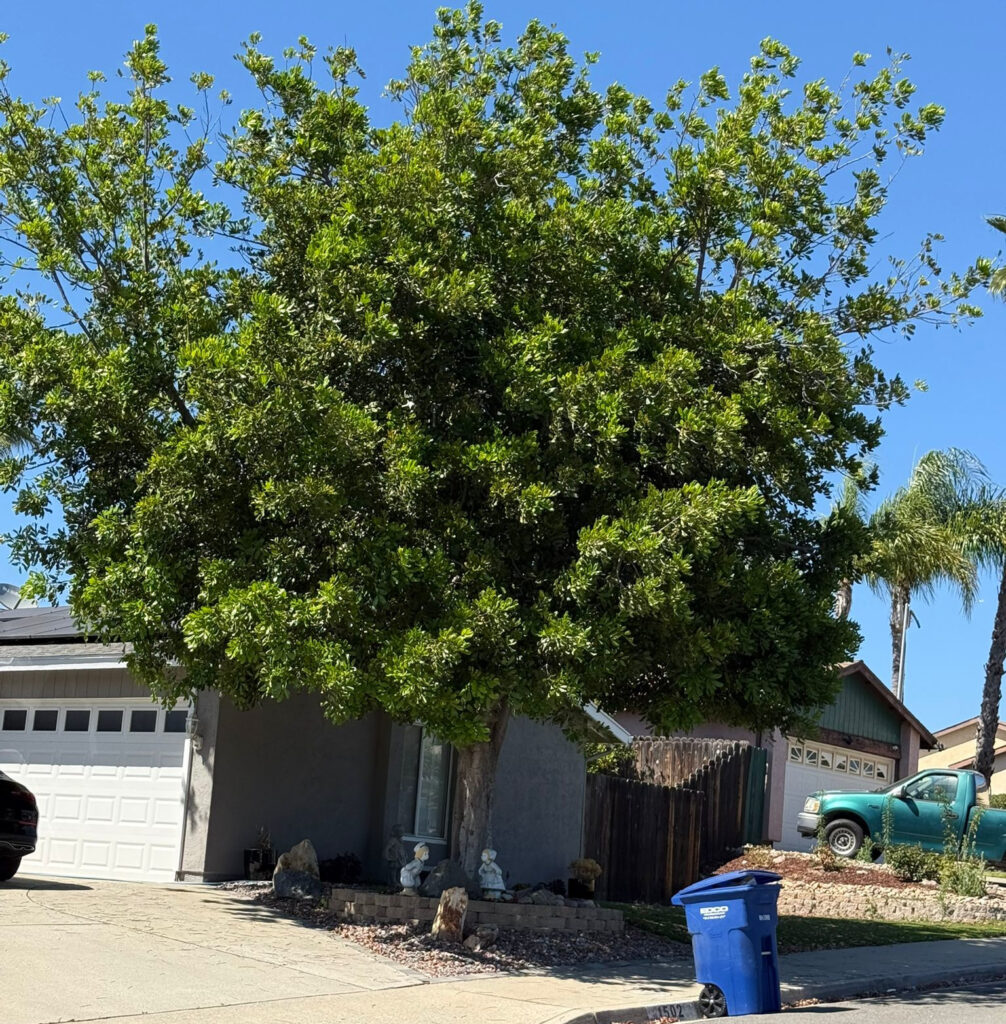
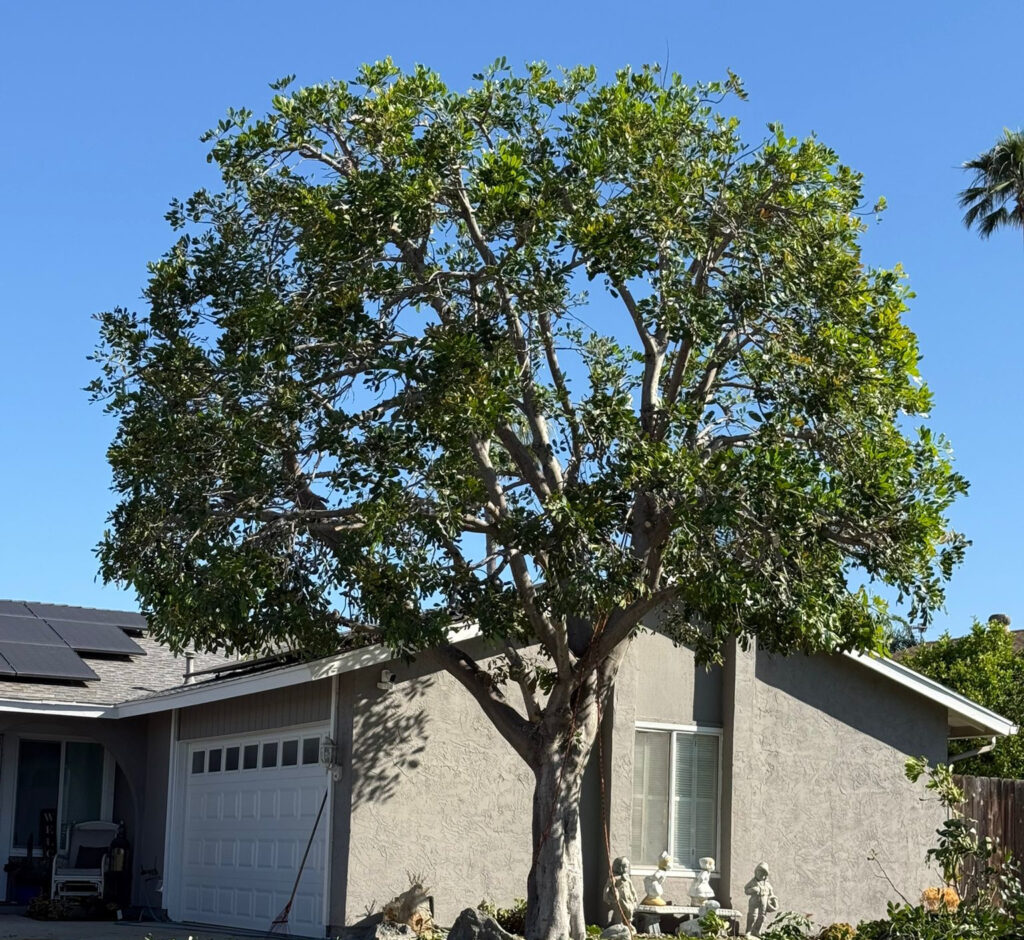
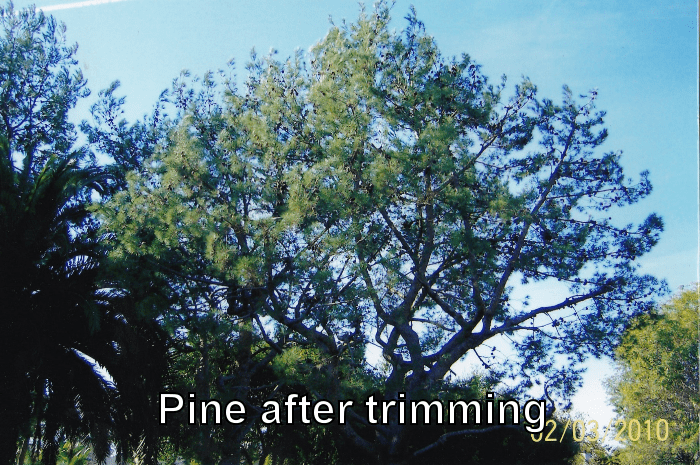
Very fantastic visual appeal on this web site, I’d value it 10 10.